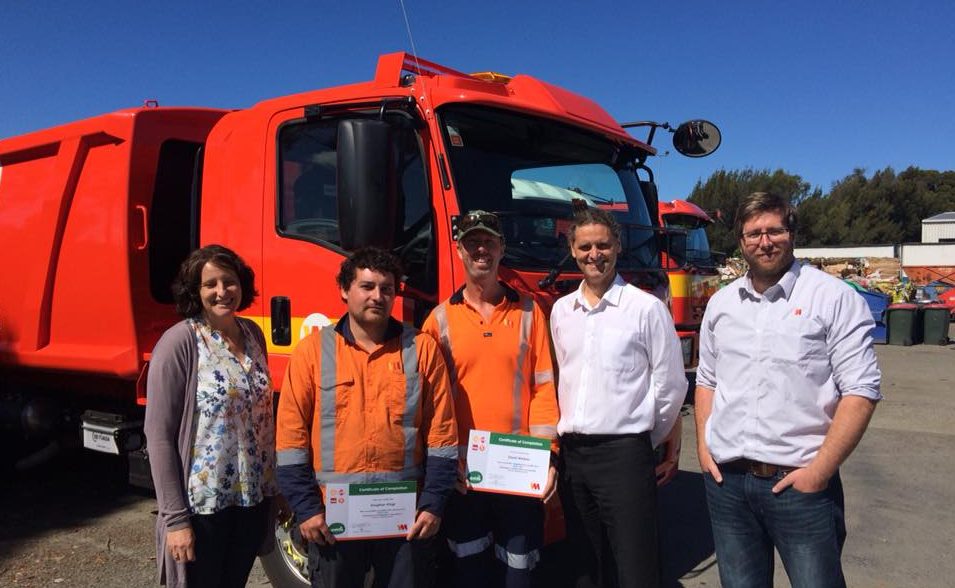
“We covered health and safety in our toolbox meetings, but no one asks questions or challenges me so I don’t know if they’ve understood.”
“The team understands that health and safety is important but do they understand that they need to communicate around it? That they have a responsibility? Do they know how to complete paperwork?”
The two most common concerns we hear from managers around health and safety both come down to the same thing – that effective, best practice health and safety may be negatively impacted by a lack of understanding; a lack of workplace literacy.
A 2010 research study in a Canadian workplace perhaps said it best when they explained, “One of the keys to maintaining workplace health and safety is clear communication among workers, their supervisors, suppliers, and customers. Employers striving to create safe working conditions should consider whether workers have the literacy skills they need to perform work tasks in a safe manner. Workers who are able to communicate clearly with co-workers, supervisors, suppliers, and customers contribute to safe, smooth operations.”
The health and safety cost of not communicating
Say someone in the factory witnesses a colleague taking a shortcut on a machine but doesn’t know how to fill in the report form to the required level of detail, or one of your guys in construction doesn’t have the confidence to speak up when their manager climbs up onto scaffolding without a harness. Workplace literacy impacts your health and safety culture in both of these examples.
Not communicating effectively could be the difference between safety and a serious injury (or even a life lost). When these kinds of incidents happen, it’s not only the person hurt who is seriously damaged – the person who didn’t report it or speak up could be traumatised, the team may struggle, and the business may need to shut down sites and/or deal with complex legal issues.
It could even affect the public – in workplaces where the public interact with your team, and are required to wear a seatbelt, closed toe shoes, or some other form of safety gear, it’s even more important that your people have the confidence to speak up and make sure they’re safe.
Lifting our game for safer workplaces
So we know that having high workplace literacy skills is important to effective health and safety practices – but what can you do about it?
- Make your documents and processes accessible. If your workforce are mostly English as a second language or have low literacy skills, how will they understand complex legal documents? Make sure your policies, processes, and reports are all in basic, easy to understand language, and consider making instructions as visual as possible.
- Keep your employees engaged. Could different team members take turns discussing health and safety at each team meeting instead of it always being dictated from above? How can you seek active feedback from them and ensure that they have a good understanding instead of expecting them to speak up?
- Invest in your team. Whether it’s empowering your people to ask questions effectively, giving them tools for calling out dangerous situations without causing conflict, or helping them improve their written and spoken English for completing near miss and hazard ID forms, it can make all the difference to invest in improving your people’s workplace literacy and communication skills through effective training. In many cases, training will even be funded by the NZ Government.
The same Canadian study found that since starting workplace literacy efforts, “Health and safety practices and workplace communications were rated as improved by 58 per cent of respondents. These two factors work hand in hand: improved communications between co-workers, between workers and supervisors, and between workers and clients, support improved compliance with health and safety practices and policies. The improvement in error rates, as reported by 48 per cent of respondents, also serves to connect literacy skills improvement with reductions in mistakes and errors on the job.”
Get in touch to get started on your journey towards better workplace literacy among your people – and, as a result, building a stronger health and safety culture.





